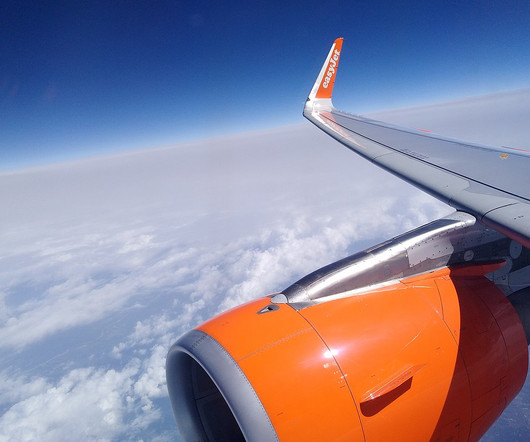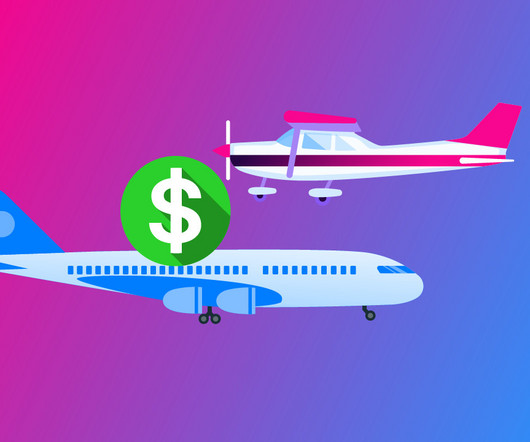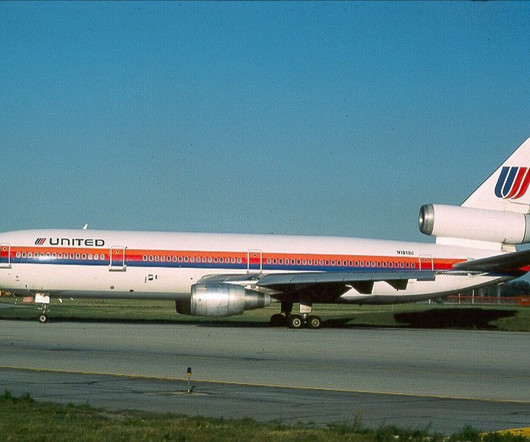The anatomy of a commercial flight – all you ever wanted to know: Part two
Aerotime
DECEMBER 20, 2024
In the previous installment of this two-part article , AeroTime took you through the initial stages of a routine commercial flight, from the pre-departure checks carried out by the pilots and cabin crew, to what is happening outside the aircraft, and from engine startup to taxi and take-off.











Let's personalize your content